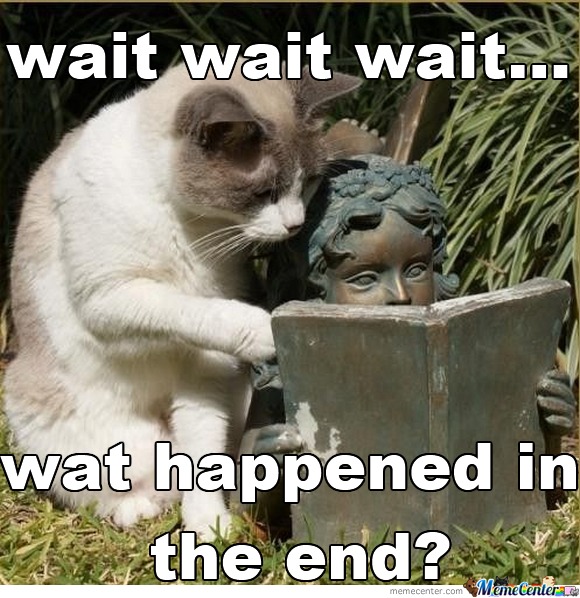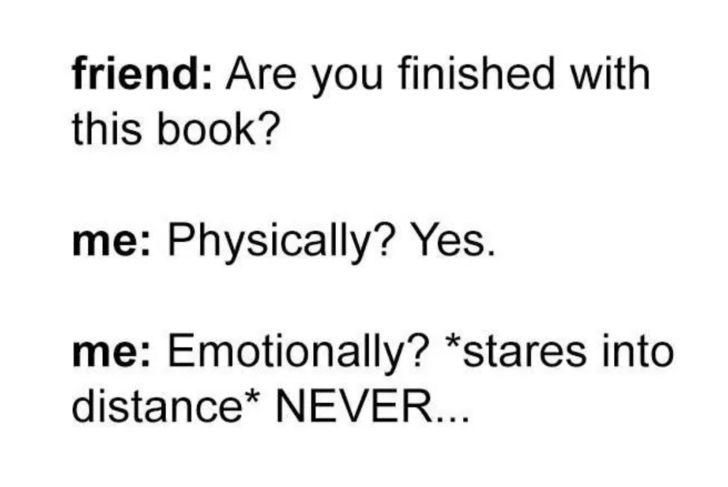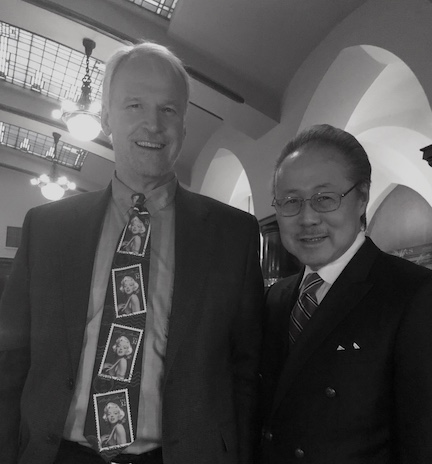
Book history could be about the printing press, except books existed before the printing press.
Just not as many, and not all in Europe.
Woodtype made a comeback in 1297 when Ching-te magistrate Wang Chen printed a treatise on agriculture and farming practices called Nung Shu.
Nung Shu is considered the world’s first mass-produced book. It was exported to Europe and, coincidentally, documented many Chinese inventions that have been traditionally attributed to Europeans.
Book History From 1297?
In Europe, the printing press did not appear until 150 years after Wang Chen’s innovation. Goldsmith and inventor Johannes Gutenberg was a political exile from Mainz, Germany when he began experimenting with printing in Strasbourg, France in 1440. He returned to Mainz several years later and by 1450, had a printing machine perfected and ready to use commercially: The Gutenberg press.
In 1452, Gutenberg produced the one book to come out of his shop: a Bible. It’s estimated he printed 180 copies of the 1,300-paged Gutenberg Bible, as many as 60 of them on vellum.
The agreed on starting date for the Protestant Reformation is 1517. With more books and increased literacy rates, trouble was brewing.
Over the past two centuries world literacy rates have increased dramatically thanks to widespread education. For example, from 1450 to 1550, literacy rates in Germany and Britain climbed from 7% to around 16%. Over the next century the number of literate adults doubled in Germany and tripled in Britain, and remained at this level until the early nineteenth century. From 1820 to the present day, literacy rates incrementally increased to 99%, with the current world average being 83%.
What Drove People To Read?

Book history asks the same questions as any other history: What Happened?
Is it What Happened, or What Really Happened?
The book I’m writing has a terrible history; it’s a memoir. It falls into the ‘Cancer Memoir’ genre, in fairness or not. You’ve heard of the Cancer Memoir? It’s a story about a great life cut short, huge potential unfulfilled. Cancer stories are hard to read because most of the time the reader already knows how they end.
My book is different in this way: I reflect life in the 70’s and 80’s while going through the grind of treatment for HPV 16 neck cancer.
It’s not so much a flashback as it is a technique for enduring harsh days.
College and sports in the early 70’s, Army service and sports in the mid-70’s, more college in the late 70’s, along with a cross-country move that ended in NYC, and another big move from there to Portland. Readers will learn how people dated in those days before tinder and the hook-up culture. It was so different? Not much, which is a shock, right?
Book History For The Era

Most of us see something different than everyone else. It’s the same when we look at ourselves. What you see isn’t what others see through the lens of their experience, just like what you see.
My experience isn’t your experience, but reading about mine may give you a head start if you ever encounter similar circumstances. In a way, I’ve written a How-to story of getting along with severe illness, and I can tell you this, severe illness doesn’t care who gets along.
My book isn’t just for men, or just for women; it’s for those lost in sadness who need a way to move forward. I lived through that sadness so you don’t have to. But you know someone struggling and you don’t know what to do.
That’s my book, my history before the book, and I’ll get it out sooner than later. Stay tuned.


